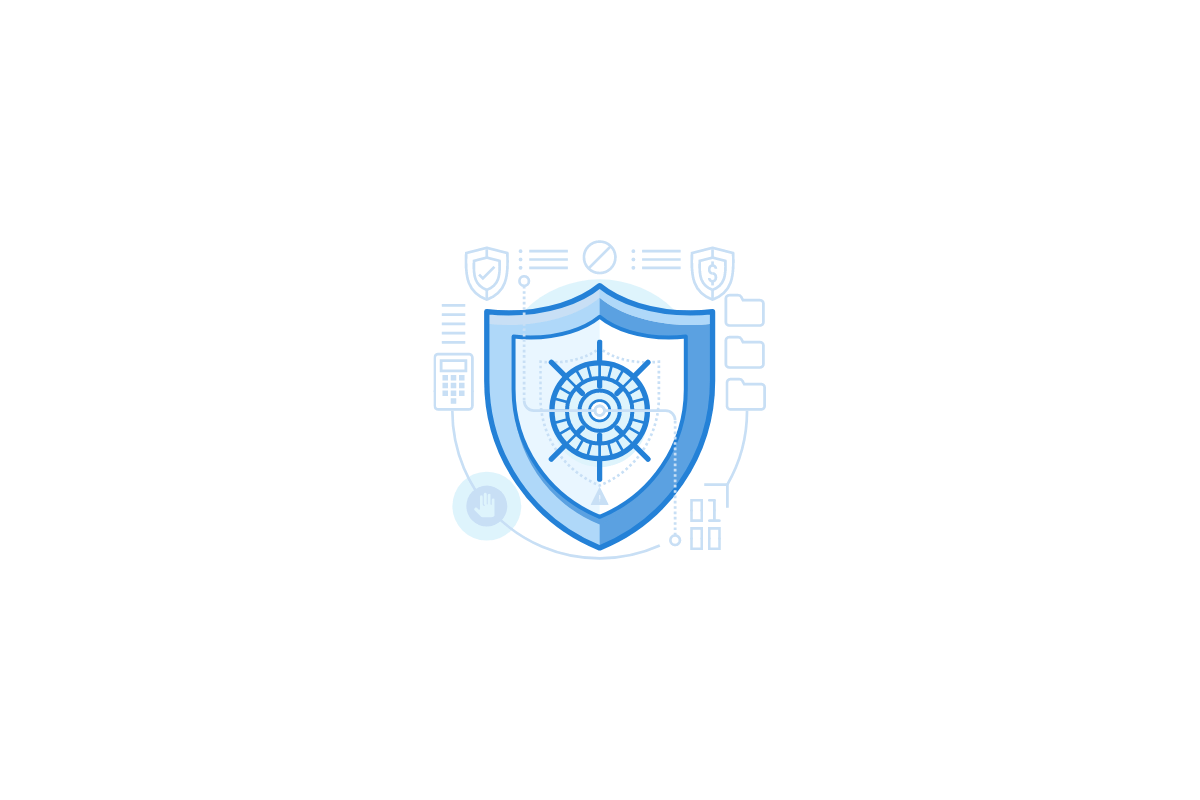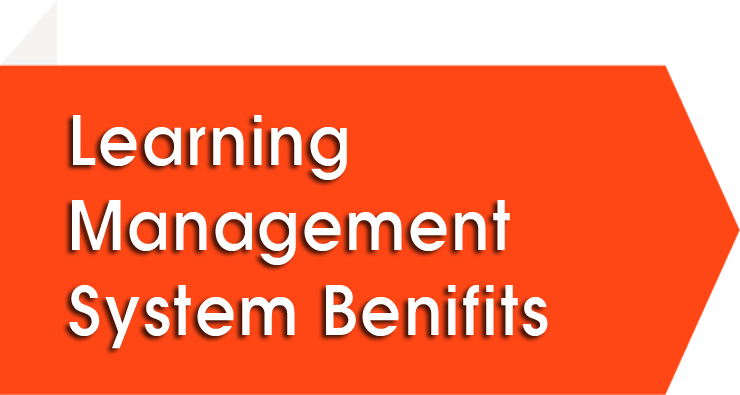
E learning- Inspiring
Educational
Alternatives
LMS
LMS provides the platform to upscales the employees and easily track their learning process
Audio & Video Call
Makes communication easier with everyone with high-quality audio and video calls
Whiteboard
It improves the quality of teaching and encourages the smart teaching solution
Chat & Share
Makes the discussion viable with the exchange of knowledge and skills












Best E-Learning Service Companies For Universities, Schools, Colleges and Coaching Centers and Companies
- How to choose the best E-Learning Solutions for your School, College, or Company?
- White label E-learning Software
- Futurios is the best e-learning service companies in USA, UK, and India that provides a dedicated software solution which can be hosted in your server and with your logo and name, it works smoothly from Browser no need of installation.
- Smart Teaching Solution
- Being an education service provider you should always provide smart solutions easing the process of learning for Students and employees.
- Top-class Security, Keep your Content in safe Hands
- Choosing 3rd party software has always chance of access to your privacy and content.
- Install dedicated software only for your school/college/center.
- Futurios that offers e- learning service in USA, UK, and India has developed the most secure and affordable software for your Online Education & Meetings.
FEATURES & TECHBETS

White Board
Teach your students like normal classroom using built in whiteboard in it.Various Draw tools available to choose. Teachers have the ability to zoom, highlight, draw and write on presentations making your points clearer to remote students/ office colleagues

Security
Security Proof with Encryption and the server is secured with a transport level security (TLS) certificate, all content download from the server to the user’s browser occurs via hypertext transport protocol secure (HTTPS). Built-in web real-me communication (WebRTC) libraries that transmit real-me protocol packets
Techbets
Enterprises that will create the future are those who are focussing on technologies that will disrupt industries and will create new opportunities for businesses. We believe AI, 5G, Blockchain, and Cybersecurity will have most transformational impact on our customers’ businesses.







BORDER-LESS COMMUNICATION

Audio & Video calls
HD Quality Video & audio communication with everyone

CHAT & SHARE
Group chat easily with the team, raise hand and ask doubts. Share files, assignments, notes and videos smoothly.

RECORD VIDEO
Record the video, pause video and store in server only accessed by your Company.
DISPLAY & SHARE

Responsive
The UI/UX is very intuitive and easy to use.

Presentation
Present your files,or pdfs through screen sharing or uploading it.

Video
Play videos directly inside the screen.
LEARNING MANAGEMENT SYSTEM
Learning management software, also referred to as learning management systems (LMS) and e-learning software, gives organizations a platform to show and train employees. These systems often include features that
• • deliver custom curriculum and quizzes
• • provide the tools to create courses
• • host video and audio files and engage learners through gamification
What Is the first Function Of An LMS?
The role of a Learning Management System varies counting on the organization’s objectives, online training strategy, and desired outcomes. However, the foremost common use of LMS software is to deploy and track online training initiatives.Typically, assets are uploaded to the Training Management System, which makes them easily accessible for remote learners. In some cases, the LMS has built eLearning authoring tools that will allow you to develop online training materials without additional third-party software.
Who Can enjoy An LMS?
Learning Management Systems are beneficial for educational institutions and many more. Extended enterprise online training is yet one more application for Learning Management Systems. for instance, companies are ready to deploy online training resources to external sales channels, franchisees, and even customers. It’s very vital to spot your organizational and training objectives before you begin the LMS selection process, as LMS vendors typically cater to different consumer groups. Some concentrate on eCommerce, while others are known for his or her sales online training features.
Businesses We Assist
Each industry, each business is as one of a kind as a unique mark. Mass created or treat cut programming doesn’t further the business destinations. What your business needs are engaged and bespoke computerized answers for various use cases. Futurios Technologies can help with that.

Cloud-Based (SaaS) :
These LMS platforms are hosted on the cloud. The LMS vendor maintains the system and carries out various tech upgrades or updates. Online learners and collaborators login to the training Management System with a user name and password. There’s no got to install any software, which makes it an excellent option for organizations who want to urge started as soon as possible. The downside is that some cloud-based Learning Management Systems can’t be customized. for instance, there are fewer opportunities to include branding or personalize the dashboard.
Self-Hosted :
Learning Management Systems that need software downloads. The LMS vendor may offer direct download from their site, otherwise, you must request physical software discs. However, the previous is more common lately. Self-hosted LMS platforms leave greater creative control and customization. The disadvantage is that you simply usually need to buy updates, and therefore the system may require IT know-how.
Desktop Application :
The LMS app is installed on the desktop. Some desktop apps are easily accessible on multiple devices, which is making it easy for your entire eLearning team to collaborate.
Mobile Application :
Learning Management Systems are easily accessible whenever, wherever via mobile devices. you’ll upload online training content in order that online learners can track online training initiatives on the go..

Licensing :
Instead of paying per user, this LMS pricing plan involves a license fee. Typically, an annual fee that you simply must renew on a yearly basis, or an outright upfront fee that grants unlimited lifetime access. However, as technology advances, you’ll probably still need to purchase replacement software within the near future.
Subscription :
A subscription fee usually grants you access to all or any LMS features or relies on a pay-per-use model. This pricing model involves a fee for every user or active user. In some cases, some of the LMS vendors offer various price brackets. for instance that covers fees up to 25 active learners. This is an excellent solution for smaller organizations who want to attenuate online training costs, but still want to be ready to scale the training Management System as their company expands.
Freemium :
These LMS platforms are free for basic features but a fee is charged for more advanced functionalities, like add-ons or upgrades. as an example, a more comprehensive eLearning assessment engine or advanced reports.

Organizes And Safely Stores Big Data :
Learning Management Systems allow you to collect all Big Data in one location. This also makes it easier to take care of and update your learning materials. additionally, most LMSs feature advanced encryption in order that you don’t need to worry about data falling into the incorrect hands.
Monitors Learner Progress And Performance :
Virtually in all the LMS platforms feature built-in reporting and analytics. Thus, you’re ready to track various aspects of your online educational program. If the training Management System lacks sufficient reporting capabilities, you’ll typically purchase add-ons or plug-ins to spice up its functionality. you’ll track everything from learner engagement to eLearning assessment results. this suggests that you simply can identify patterns and trends, especially since many LMSs provide data visualizations, like graphs and charts.
Personalizes the web Training Experience :
You can assign different learning paths or online training resources for individual corporate learners with the assistance of an LMS. Therefore, everyone gets individualized online training they have supported their learning goals, job duties, and various other criteria. There’s even the choice to unlock the navigation in order that corporate learners can choose their own online training activities and coursework. All this translates into simpler online training experiences and increased learner satisfaction. to not mention, improved memory retention and engagement.
Improves eLearning Accessibility :
Modern learners expect online training resources on demand. After all, we sleep in the digital age, where information is usually at our fingertips, because of smartphones and wearable tech. Learning Management Systems allow you to deploy and track online training courses without geographical limitations eLearning accessibility can be improved.
Blogs
Let's chat about your project
& What you will get:
- On-call inquiry assistance
- Project consulting by experts
- Detailed project estimation
